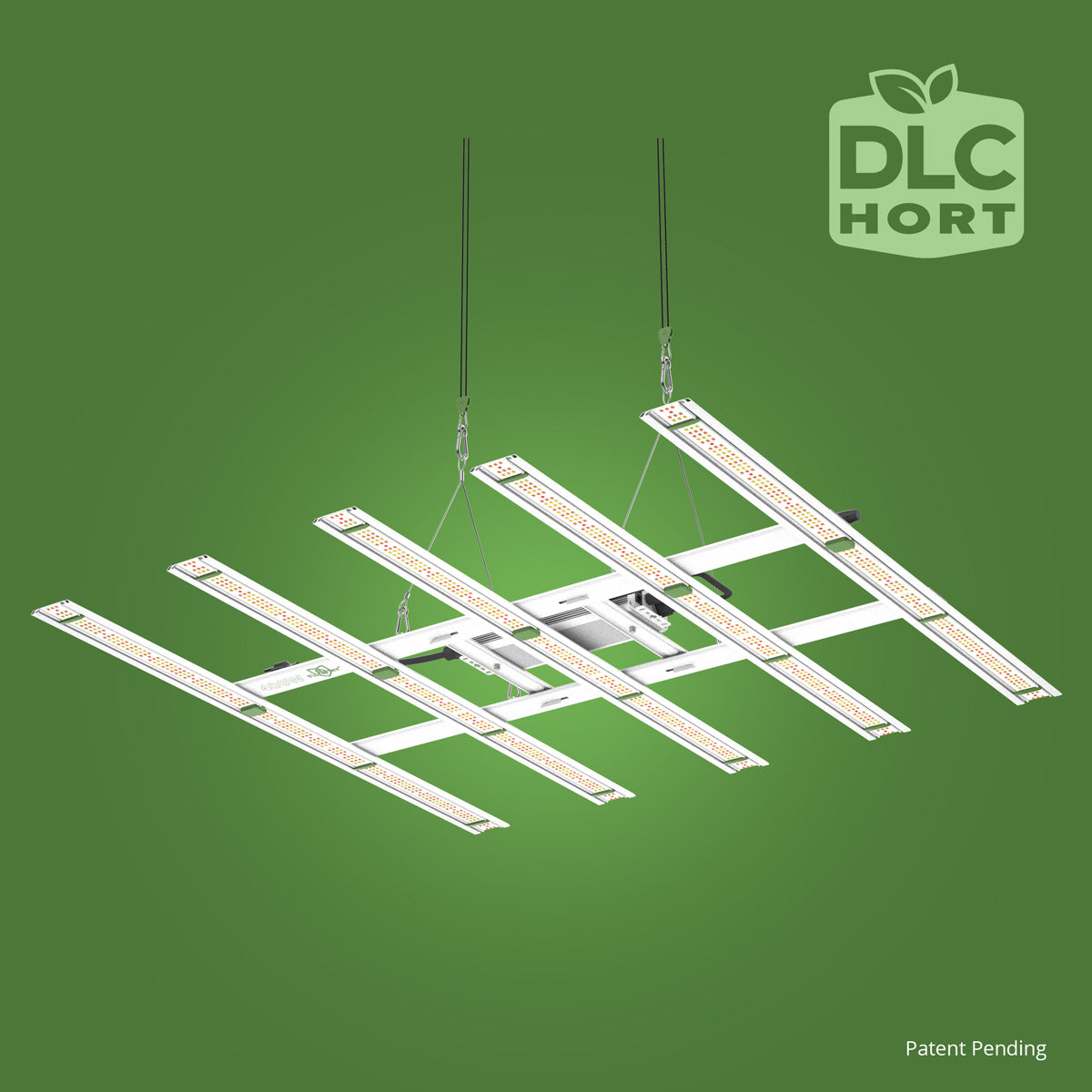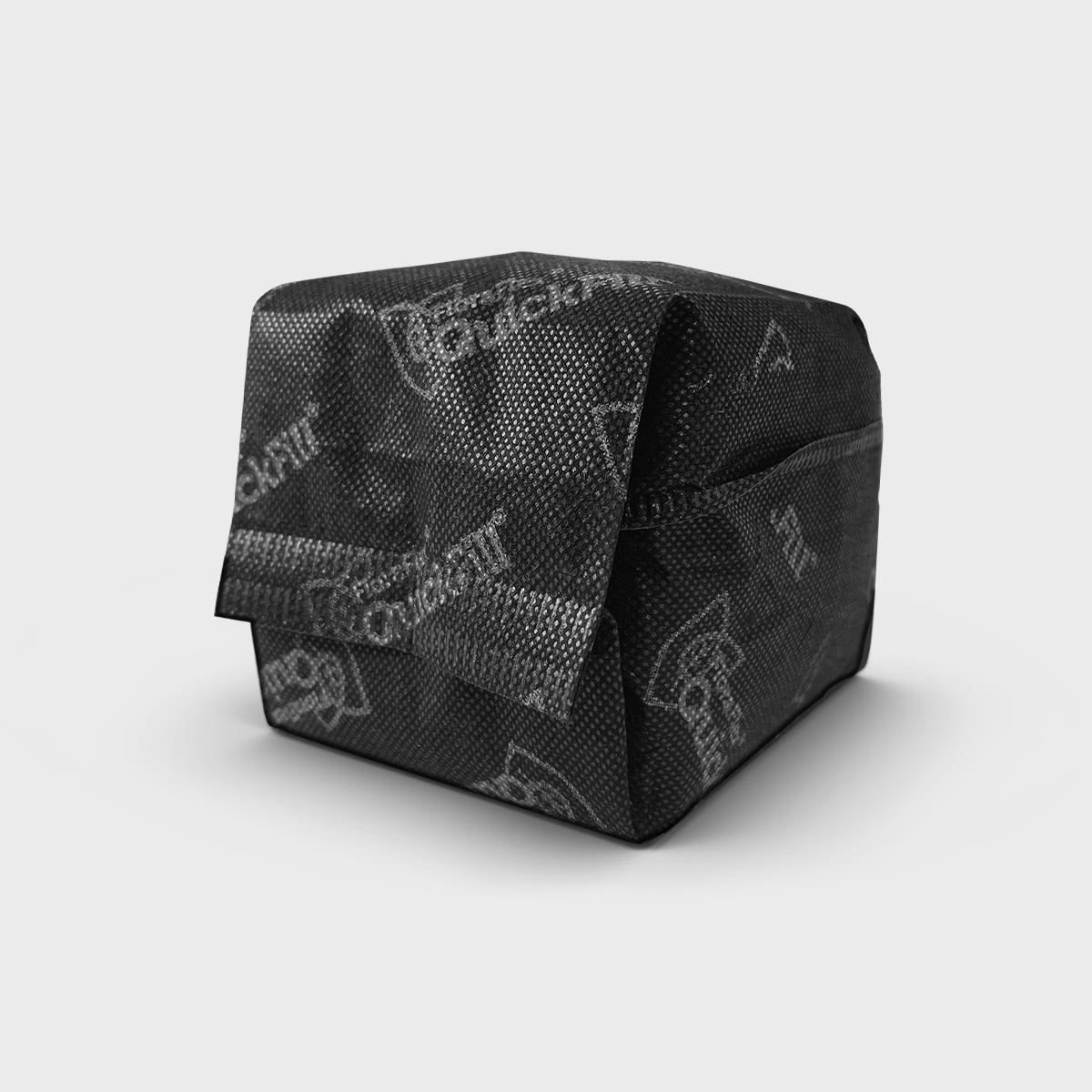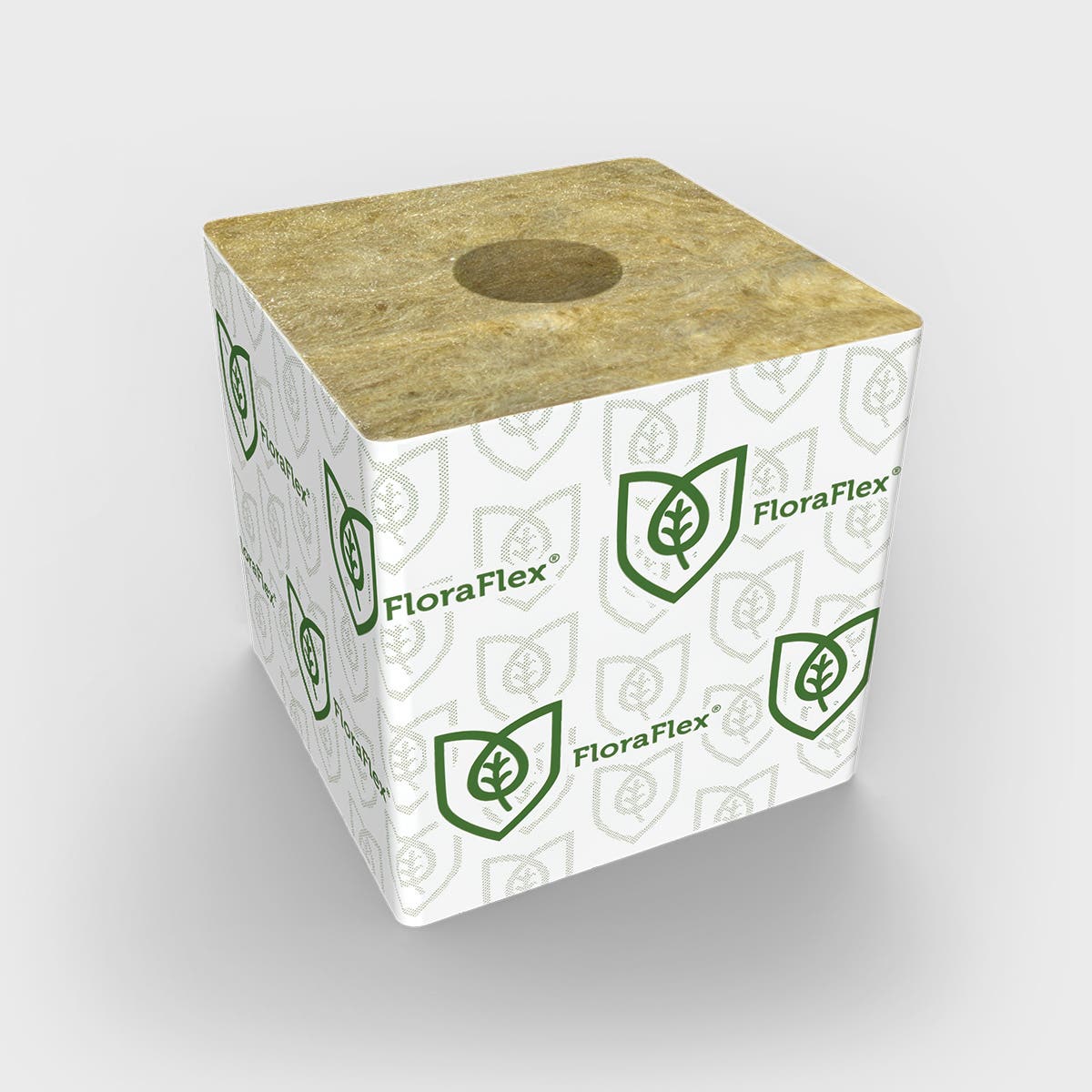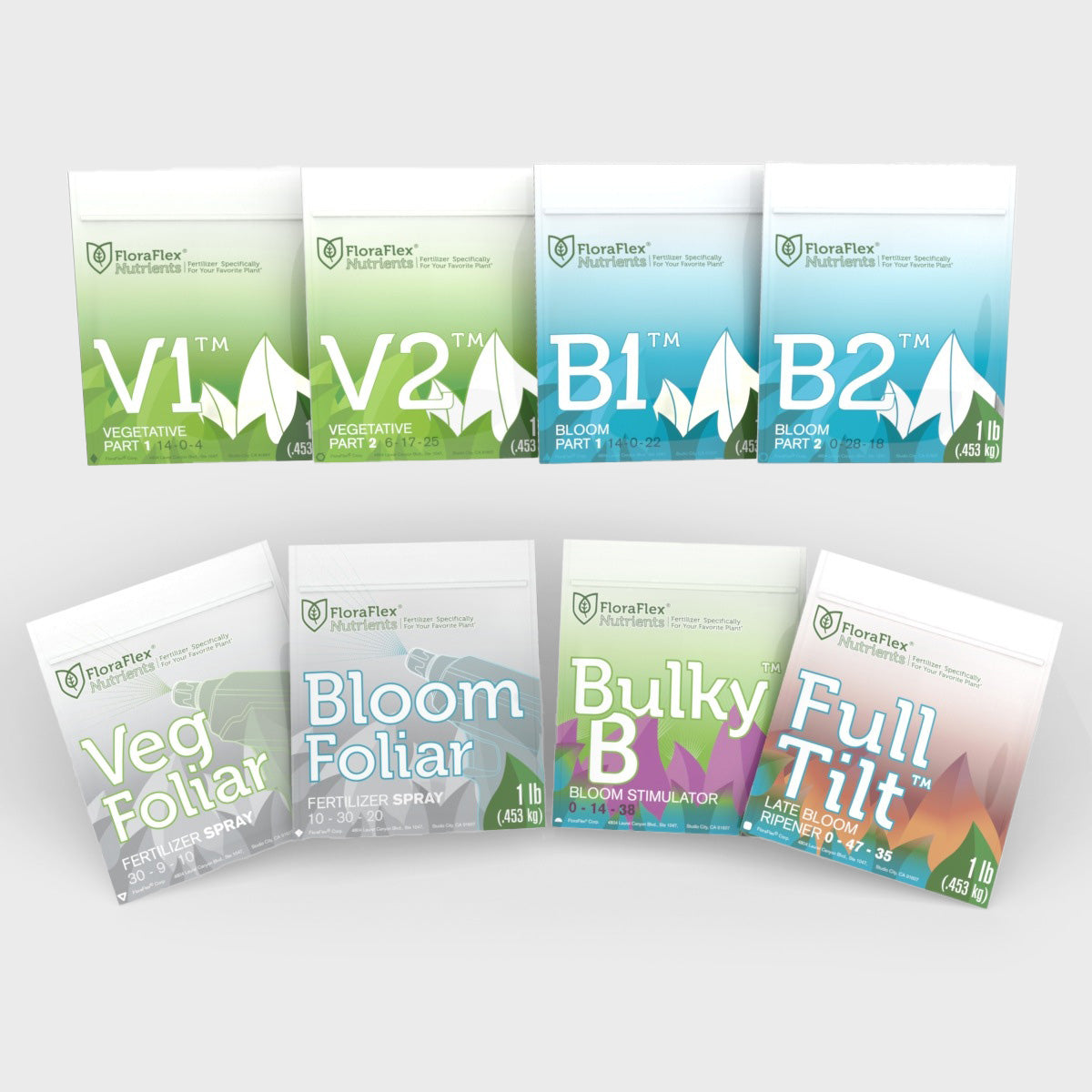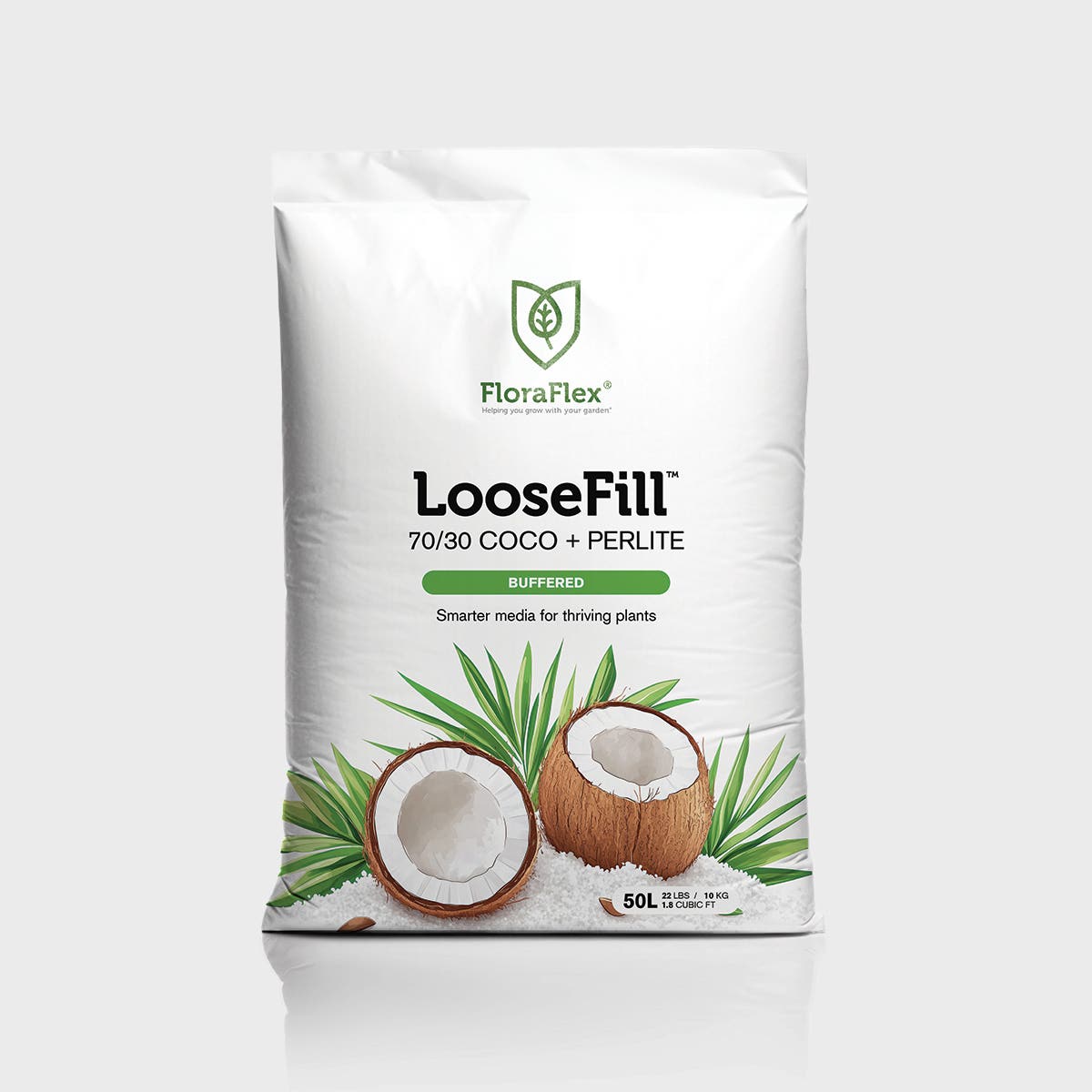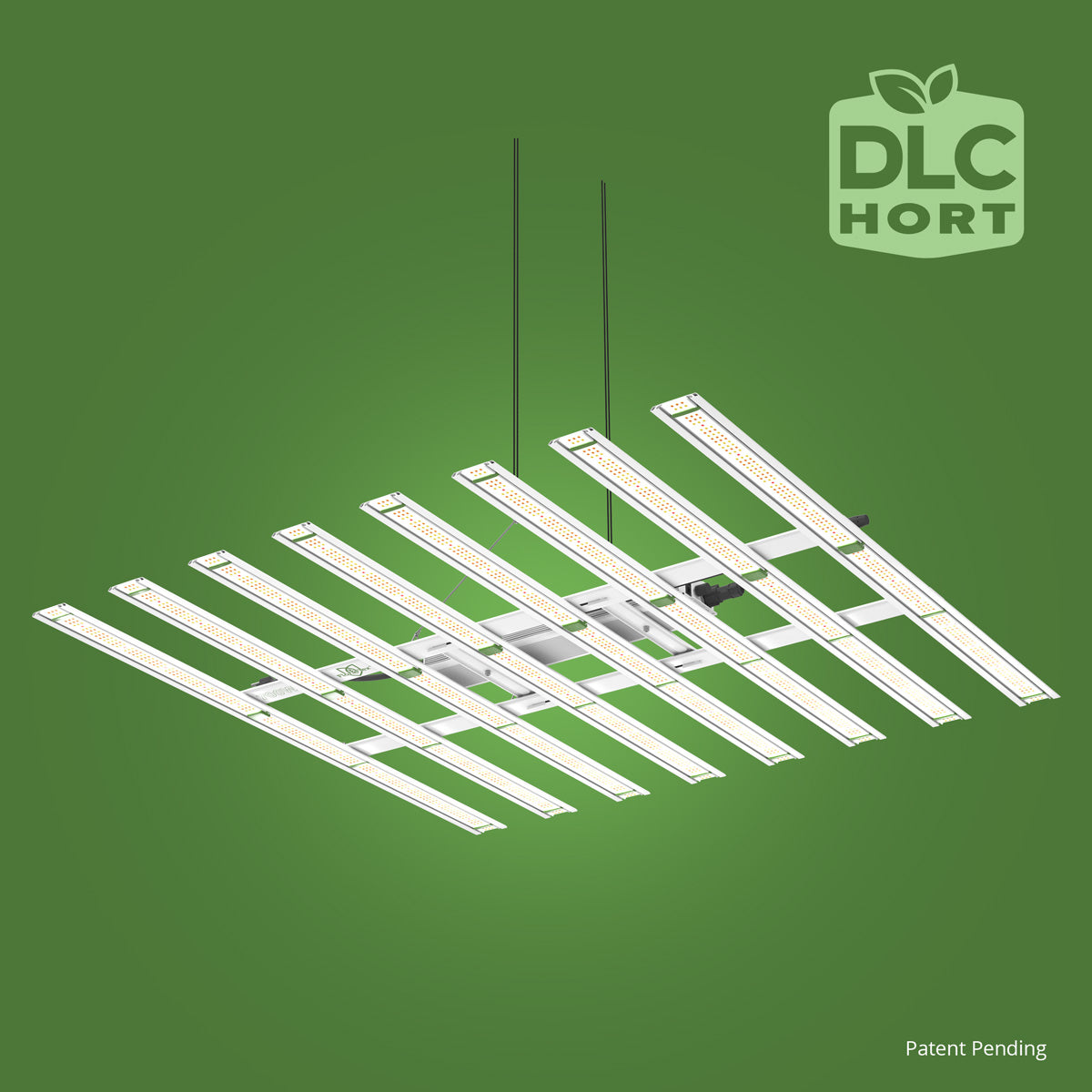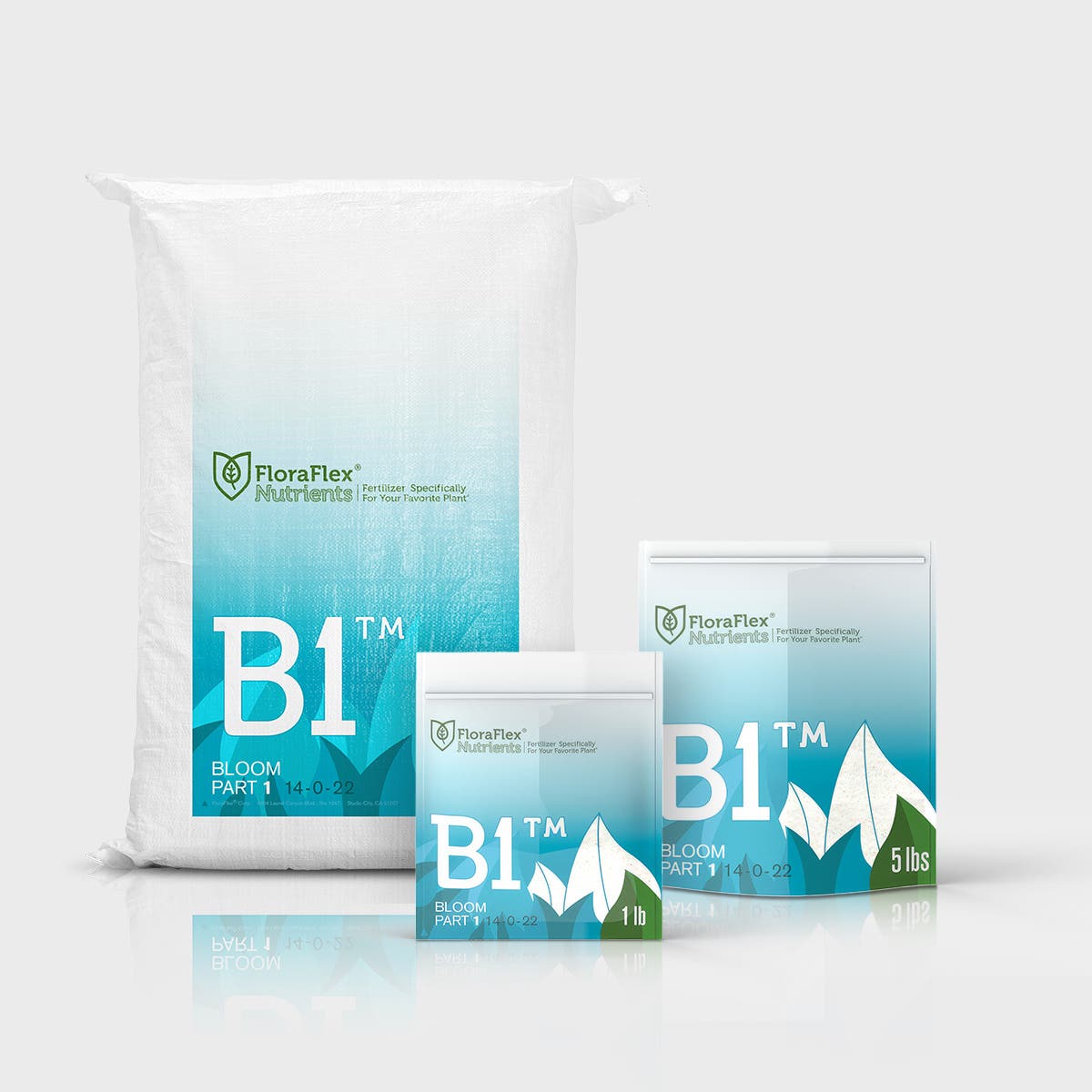The Versatile Plant: Unveiling the Wonders of Hemp
Have you ever wondered about the wonders of hemp? This versatile plant has been cultivated for thousands of years and has played a significant role in various cultures throughout history. From textiles to nutrition, hemp has found its place in countless applications. Let's take a deep dive into the world of hemp and uncover its mysteries.
Understanding Hemp
Hemp, scientifically known as Cannabis sativa, is a member of the Cannabaceae family. While often associated with marijuana, hemp and marijuana are two distinct varieties of the Cannabis plant. Unlike marijuana, hemp contains low levels of THC (tetrahydrocannabinol), the psychoactive compound responsible for the "high" associated with marijuana use.
A Historical Legacy
The cultivation of hemp can be traced back thousands of years. It has been an integral part of many civilizations, including ancient China, where it was used to make textiles, ropes, and paper. In Europe, hemp fiber was used in shipbuilding, while the American colonies relied heavily on hemp for producing ropes, canvas, and clothing.
Industrial Hemp vs. Marijuana
One of the primary differences between hemp and marijuana lies in their THC content. While marijuana contains high levels of THC, hemp must contain less than 0.3% THC to be legally classified as industrial hemp. This distinction allows hemp to be cultivated for a wide range of industrial purposes without the psychoactive effects associated with marijuana.
Diverse Uses of Hemp
Hemp's versatility knows no bounds. Its fibers can be transformed into durable textiles, ropes, and construction materials. Hemp seeds are rich in protein, healthy fats, and various nutrients, making them a valuable addition to a balanced diet. Moreover, hemp oil derived from the plant's seeds has gained popularity for its potential health benefits.
Textiles and Construction
Hemp fiber is known for its strength and durability, making it an excellent alternative to traditional textiles. It can be used to produce clothing, bedding, and even high-quality paper. Additionally, hemp can be used as a sustainable building material, creating eco-friendly alternatives for construction, such as hempcrete, which is a mixture of hemp fibers and lime.
Nutrition and Health Benefits
Hemp seeds have gained recognition as a superfood due to their impressive nutritional profile. They are an excellent source of plant-based protein, containing all nine essential amino acids. Hemp seeds also provide a healthy balance of omega-3 and omega-6 fatty acids, which are essential for heart and brain health. Additionally, hemp-derived products, such as CBD oil, have gained attention for their potential therapeutic properties.
Environmental Benefits
Hemp cultivation offers several environmental advantages. The plant requires minimal pesticides and herbicides, making it more sustainable compared to other crops. Furthermore, hemp has a rapid growth cycle and absorbs large amounts of carbon dioxide, making it a valuable tool in combating climate change.
Conclusion
Hemp's rich history and incredible versatility make it a plant worth celebrating. From its role in textiles and construction to its nutritional benefits and potential health applications, hemp continues to prove its worth. As the world recognizes the vast potential of this plant, it opens doors to a greener, more sustainable future.

